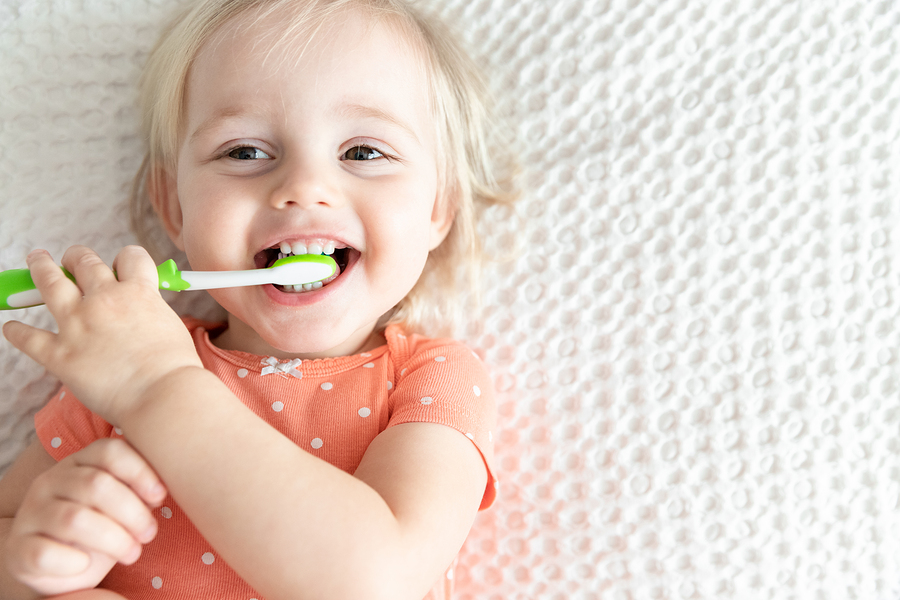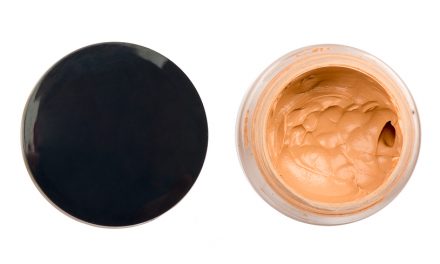Did you know that a chemical routinely used to reduce bacterial contamination in toothpaste, cosmetics, toys and clothing may also cause osteoporosis?
According to a study in the Journal of Endocrinology & Metabolism, which is the first study to find this connection, the ingredient to avoid is triclosan. Their research consisted of data from 1,848 women between 2005 and 2010. It found that women with higher levels of triclosan in their urine had a greater chance of developing osteoporosis later in life. Triclosan interferes with the function of your thyroid, and studies have shown that a thyroid imbalance can lead to bone loss and an increased risk for fractures.
RELATED STORY:
Triclosan is an ingredient commonly used in many hand sanitizers (which we’ve warned you about), and is also added to toothpaste, cosmetics, furniture, clothing, kitchenware and toys. The Food and Drug Administration says triclosan is added to prevent bacterial contamination. As our understanding of chemicals and how they can harm our bodies has advanced, it is difficult to believe many chemicals, including triclosan, are still considered safe in any shape, form or fashion. In fact, the scientific community has encountered countless issues with products that we now know are using outdated and toxic chemical solutions or substances.
RELATED STORY:
Several studies indicate that exposure to triclosan may disrupt some reproductive and developmental processes in infants, and studies in animals show that long-term exposure to triclosan increased the animal’s risk for skin cancer. And yet another study implied it may help spread antibiotic resistance.
RELATED STORY:
The FDA began to restrict some chemicals, including triclosan, in 2016 because studies found they were not safe for long-term daily use. In April, the FDA finally completely banned it for use in over-the-counter hand sanitizers. However, it remains in some products, and one of them is toothpaste. Past studies looking at triclosan in toothpaste have suggested it is safe, but clearly more research is needed.
Bottom line – read labels, do your own research, and try to avoid ALL products that contain triclosan.












